PortSide 2020 review - 1st installment
/PortSide NewYork is a living lab for better urban waterways. We bring WaterStories to life. Our programs serve New York City (though we get national and international responses to our virtual museum Red Hook WaterStories and social media); and we have a hyperlocal focus on our neighborhood of Red Hook, Brooklyn. You can support by donating here.
Very personal end-of-year messages from our founder & ED Carolina Salguero
2020 is a ravaging year. We’ve been so busy, we haven’t written blogposts for months! I am writing some personal ones for the end of the year, one a week in December. Stay tuned! PortSide’s 2020 reminds me of a WWII slogan from Red Hook’s Todd Shipyard that Hank Dam shared in his oral history: “the difficult we do every day, the impossible takes a little longer.” Actually, that applies to PortSide’s history as a whole.
This year PortSide tackled questions such as “how to program when our pier is shut and our ship not accessible? When interns and volunteers become unavailable due to the pandemic? When I have Covid? How do we maintain the ship with those people gone and our union partners District Council 9 not running training programs? How do we program when we still lack building space and the ship interior is too small to socially-distance school groups and tours? How best to serve the community during these times? How do we do it with our funding slashed and costs of marine insurance set to rise 25% to 100%? (That’s due to the the insurance industry paying out for all the recent hurricanes and also for Covid.) Money is tight, so if you can donate, we deeply appreciate it.
Can you remember 2020 before the pandemic? I can’t.
I remember the pivot day, Thursday, March 12, when I decided that having PS 676 1st grade visit the next day was too much risk. I had early insight into Covid from relatives in Spain, both of them frontline doctors. I canceled the weekly 1st grade field trip scheduled for the next day and shut the ship to the public. The Mayor and Governor announced their shutdowns sometime later.
March 6 visit by ps 676 1st grade. they respond to the bells and jingles and write down how the ship would move according to those commands.
We have not seen the PS 676 1st grade in person since the visit above. Subsequent virtual experiences were heartbreakingly remote in terms of emotional engagement, and it took months before most students in that class received the DOE digital devices. In June, they were still struggling to master the mute and un-mute functions. In these trying times, how do we teach our youngest and the most disadvantaged such as these young public housing residents? These are questions that we as a society need to be asking — and answering — better during the pandemic — and always.
All this has hardened our resolve to focus on creating after-school and summer programs to provide the educational enrichment and personal support that will enhance the future of such youngsters. Please donate now to help bring such plans to life.
Our 1st Covid mutual aid work - recruiting medical help for Red Hook
Covid triggered PortSide’s hurricane Sandy recovery muscles, work that earned us a White House award, plus our years of experience working on Red Hook resiliency plans since Sandy. After the coronavirus hit NYC, one of the first things I did was recruit medical assistance for Red Hook. I called Dr. Matt Kraushar to ask if he was willing to re-engage with our neighborhood. The answer was YES! Eight years before, after Sandy, he created a medical response team that helped Red Hook NYCHA residents and earned him the knickname “Medical Matt.” In regular conversations I updated update him about Who’s Who in Red Hook, current issues, etc. He teamed up with a local non-profit RHI to create a Covid response plan and worked with senior City officials at NYCs Health and Hospitals. Here are Matt Kraushar’s links to his Covid19 work:
COMMUNITY COVID CHECKUP CLICK HERE
Governor Cuomo’s first lockdown order closed our pier to the public. Our ship was suddenly inaccessible. We had no building space. I had Covid by early April and quarantined until the middle of May (with Medical Matt as my remote doctor on daily calls). These conditions prevented PortSide from pivoting like some other Red Hook nonprofits to become food pantries and frontline responders, so we went all-digital.
Our curator and historian Peter Rothenberg curated a deep list of virtual WaterStories programs from around the world.
We pumped out a heavy stream of social media posts with WaterStories content. This Facebook page is the most active.
We created a summary of Covid resources in Red Hook.
We hosted, for three months, the weekly zoom call for Ready Red Hook, helping revive a dormant resiliency group founded after hurricane Sandy. Our board member Natasha Campbell and I pushed for the group to be more inclusive with more Red Hook public housing voices and more of our Black and brown neighbors. I called for greater collaboration with all parts of Red Hook saying “resiliency is a team sport not an exercise with star athletes playing exhibition ball.”
I was busy on and off other Red Hook weekly zoom calls for nonprofits, for businesses, for planning new outdoor open space for Red Hook since the spaces of so many local nonprofits were closed due to Covid, and Red Hook faced an open space crisis. More on our response to that in our next newsletter about creating and programming PortSide’s Pandemic PopUp Minipark.
Sunsets - sharing our harbor view to fight Covid isolation stress
I saw panic about the impending government-mandated, coronavirus lock-down, people’s fear of isolation on top of all the economic and medical anxiety. The PortSide team learned to cope with isolation during the 10 challenging years we were stuck inside the Red Hook Container Terminal while looking for a publicly-accessible home. In 2020, PortSide had what most shut-in New Yorkers lacked: a big sky view, a vast long view of the harbor. I decided to share that via livestreams of the sunset, creating a completely new program.
Looking back over the 150+ sunsets I have streamed, the thousands of views they represent, and the effusive feedback they triggered, I can say that the sunsets, grey or sunny, became a beloved ritual for New Yorkers and people far away. A time of calm, a respite from the pandemic. I talked about ships, tides, weather, birds, marine life or was just quiet. My voice, slowed by the exhaustion I felt while I had Covid during April, proved soothing. I now remind myself to use “sunset voice” when talking. A small group watched live, chatting in the comments. Most watched late at night before bed.
Sunset-watchers called and emailed sharing their life stories, talking about the health issues that kept them inside or the illness of their spouses. I heard from people blocks away, from Virginia, California, Ibiza, Istanbul, Sarajevo. The sunsets were bedtime stories for adults, a soothing end-of day voice with stories, familiar ones after a while. Familiarity is soothing too. Most sunsets have 200-400 views. Some have over 1,000.
streaming sunset in the rain
Other virtual programs based on the MARY A. WHALEN
Illustration by Michael Arthur of @Inklines
The band Kings Country peformed two virtual concerts on the ship to help us fundraise to get a vintage engine from Kennett, Missouri. Click the drawing to hear one concert. More about the engine in the next newsletter! Michael Arthur, a local illustrator of live performances, was thrilled to see one after weeks of lockdown and gifted us this drawing.
Another virtual program was a live interview with photographer and filmmaker Thomas Halaczinsky, creator of the book “Archipelago New York.”
Please donate now to support our work.
virtual program broadcast live from PortSide NewYork this year, Thomas Halaczinsky, creator of book Archipelago New York
It takes many hands
Below are photos from before the pandemic showing high school and college interns and adult volunteers working on projects as diverse as our virtual museum Red Hook WaterStories, a harbor video game, assessing the restoration needs of our engine, sewing a custom cover for our winter water tank, restoring parts of the MARY A. WHALEN, repairing a signboard.
Volunteer help disappeared once the pandemic hit and underline our need for a larger budget to have more paid staff. Donating now will help make this happen.
Thanks, in the order they appear, to Elizabeth Alton, Sam Ebersole, Elena Kalvar, Arsenio Martinez, Engineer Bill Bailey, Johnathan Palma, Raffaela Battiloro, and Joanna Zabielska, a visiting artist from Poland.
During difficult 2020, despite deep funding cuts and drop in personnel caused by the pandemic, PortSide did a lot. We have great plans for 2021 and beyond and ask for your support to enable us to sustain and grow our impactful work. Thanks in advance for your support! Please donate now. Stay tuned for three more blog posts covering our 2020 work.
And with that, here are some images for you to enjoy.
perfectly intact seahorse found on deck. #redhookismagic as our boardmember maria nieto says
view through mary a. whalen porthole
chiclet chilling


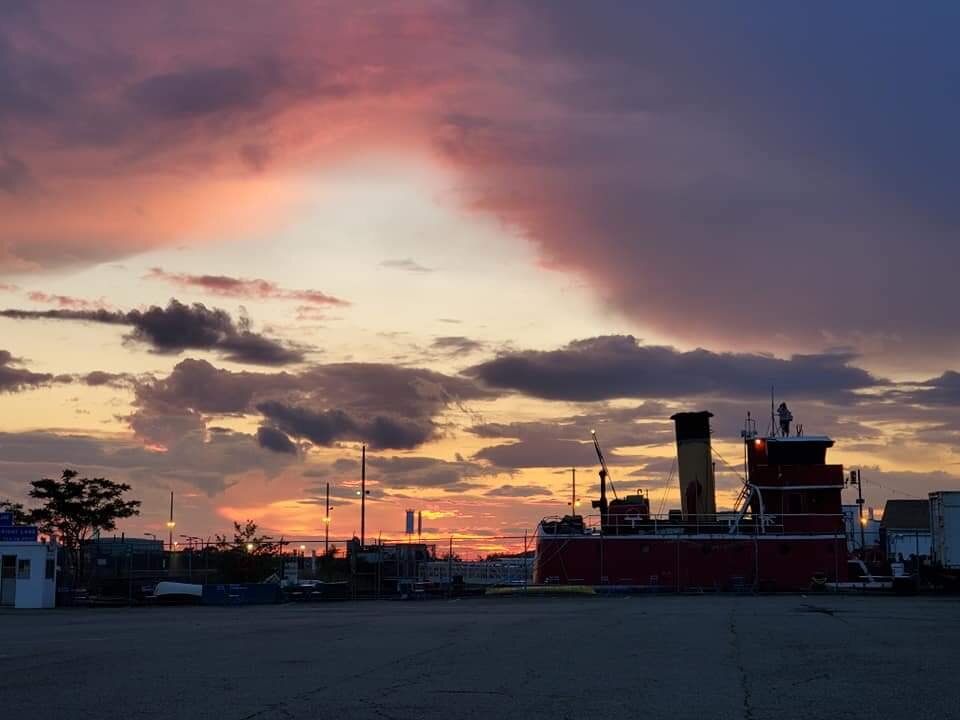

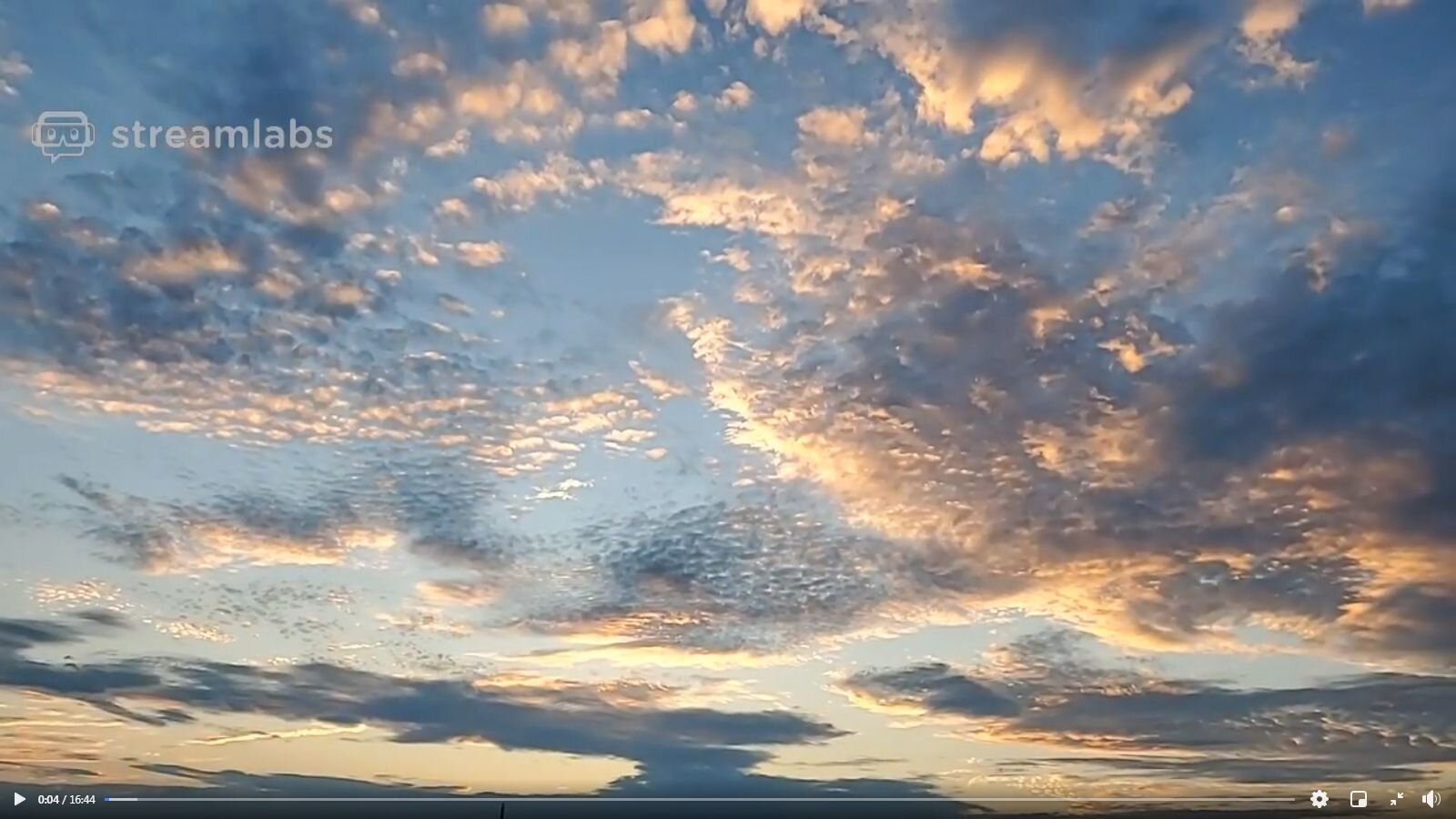
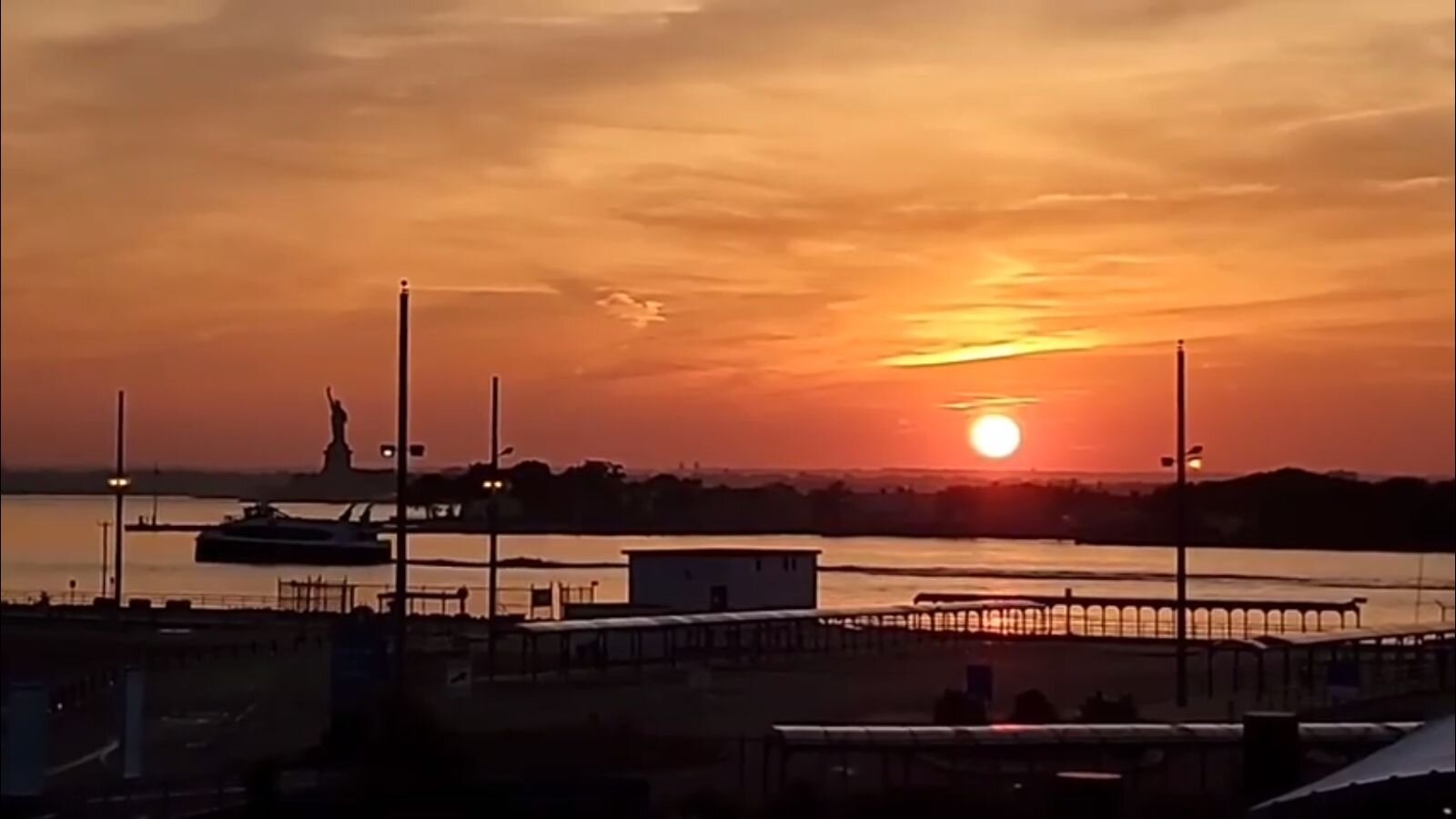






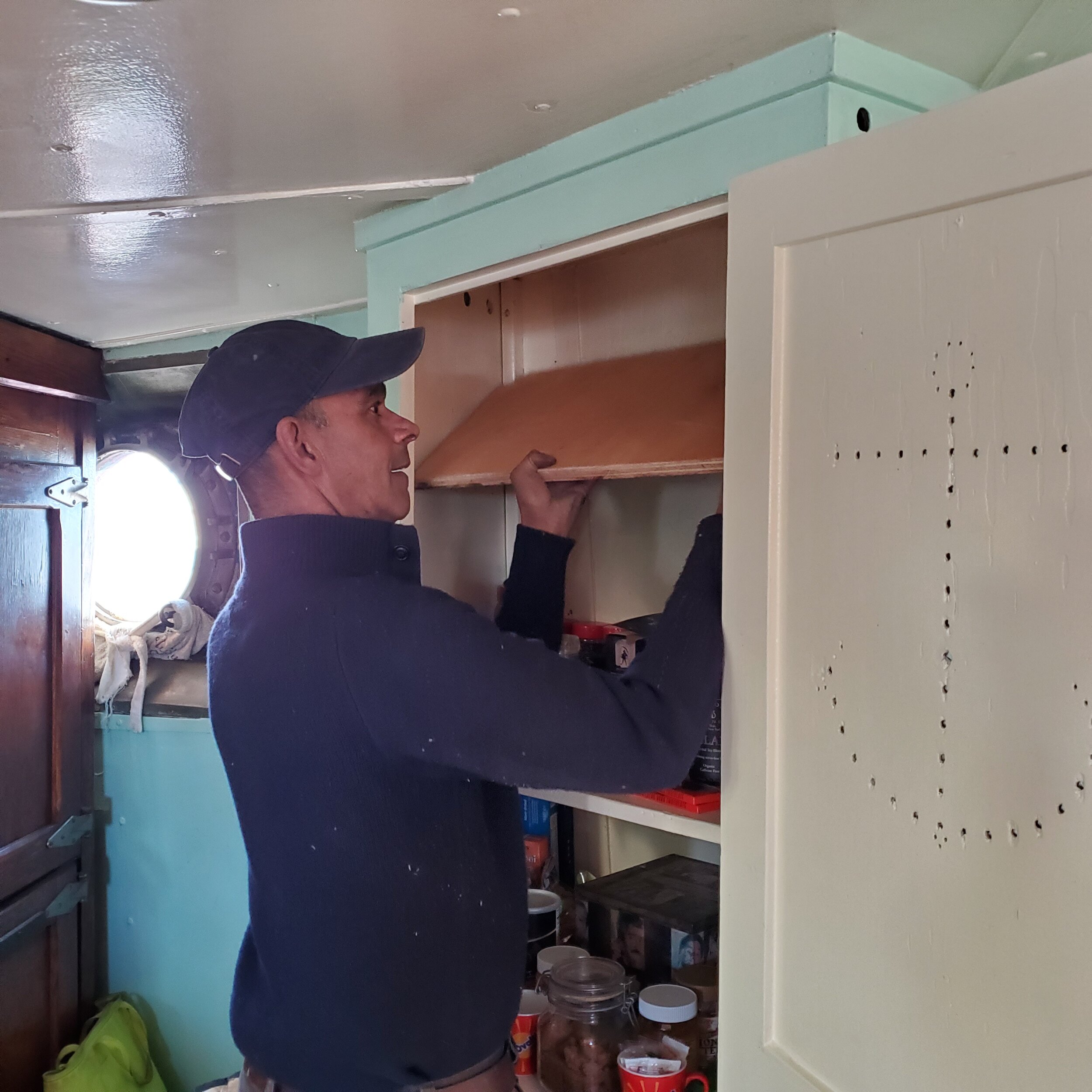
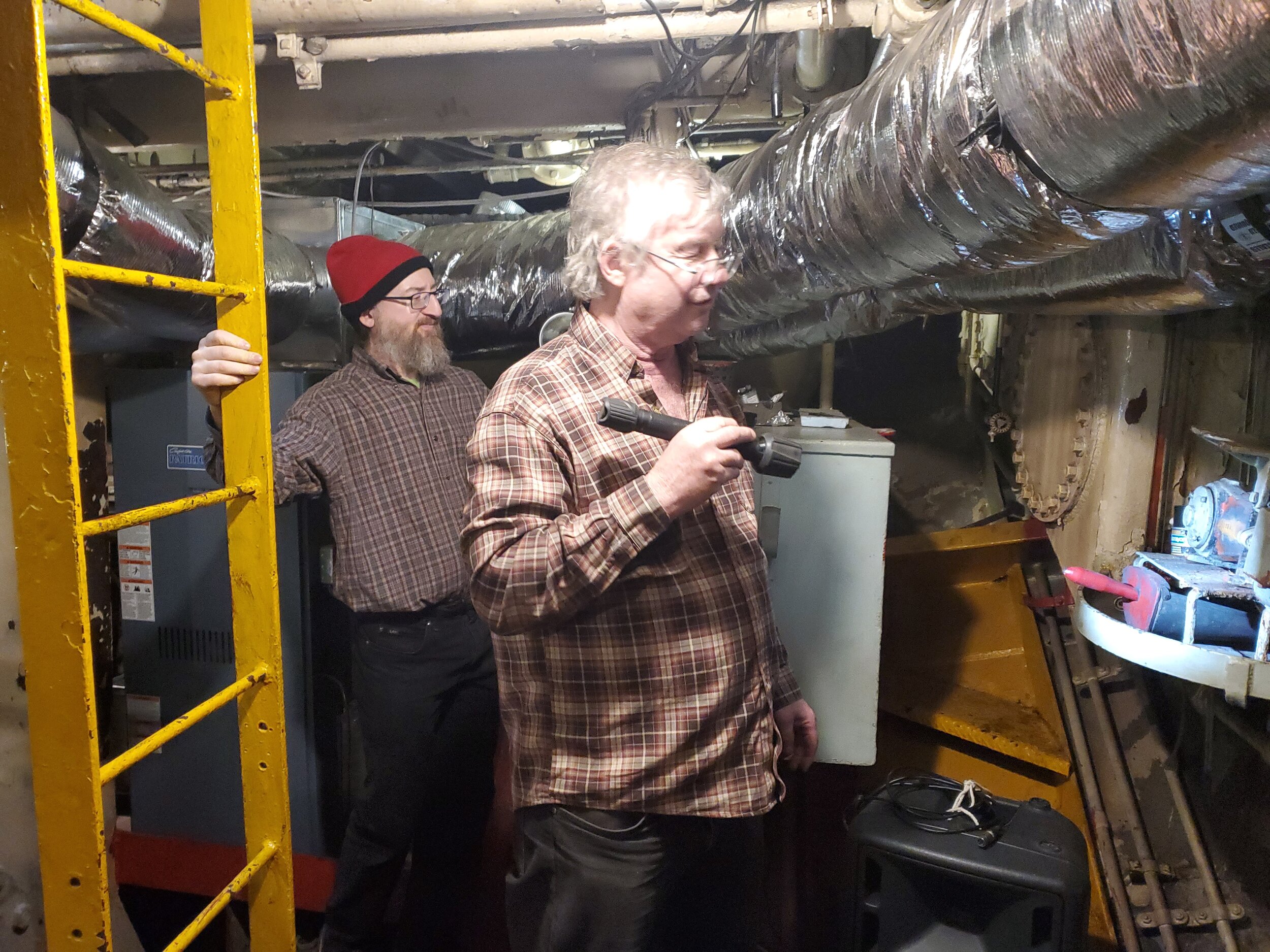
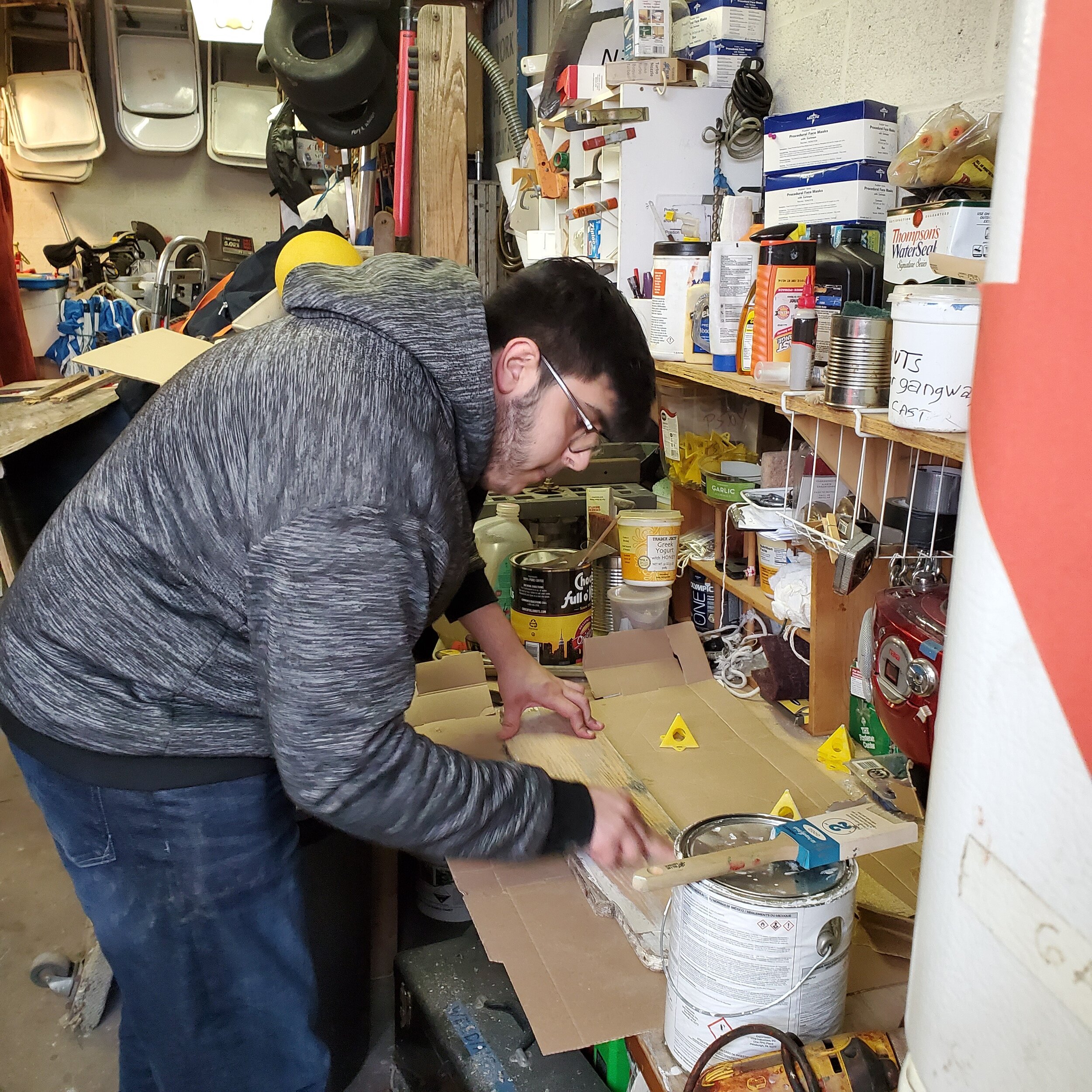
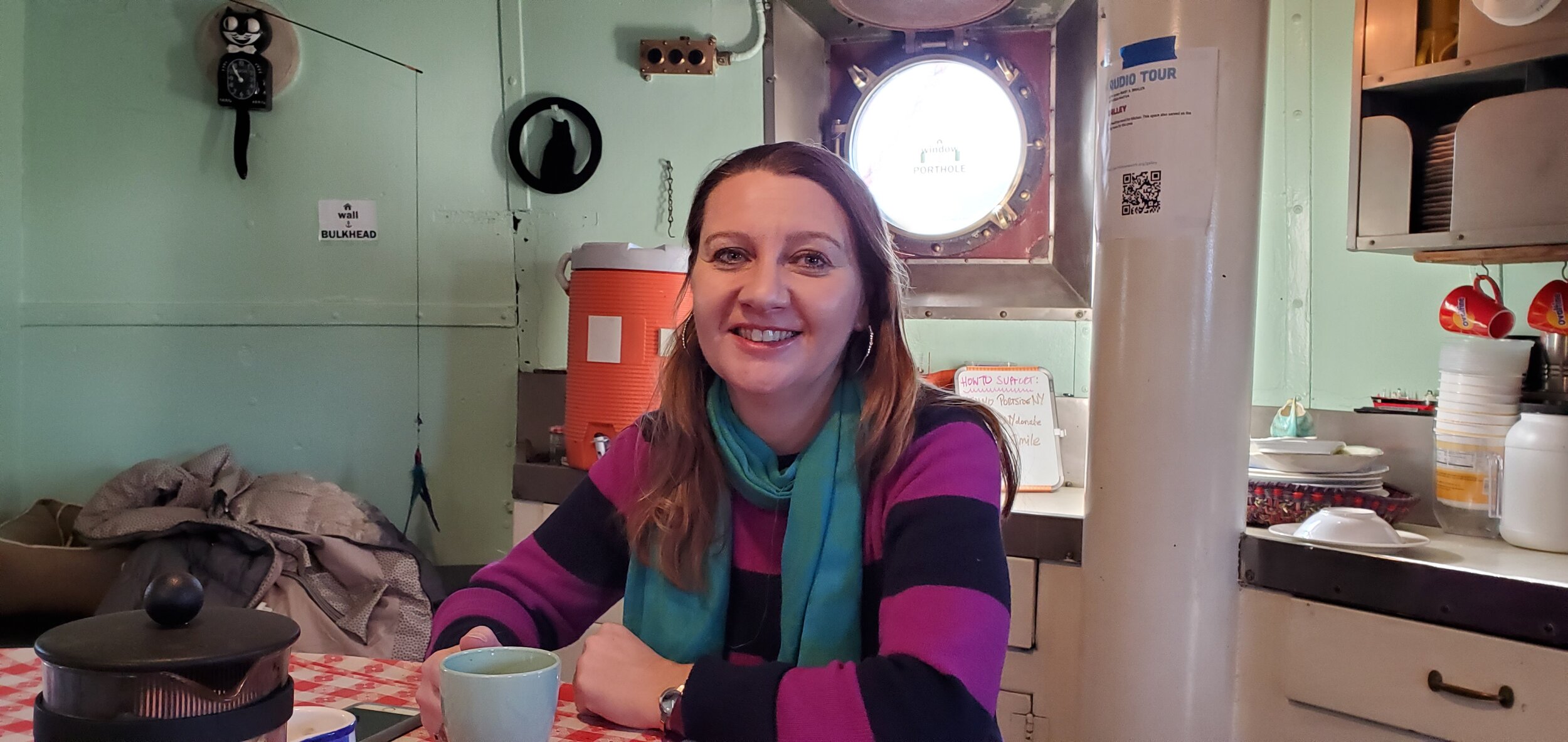
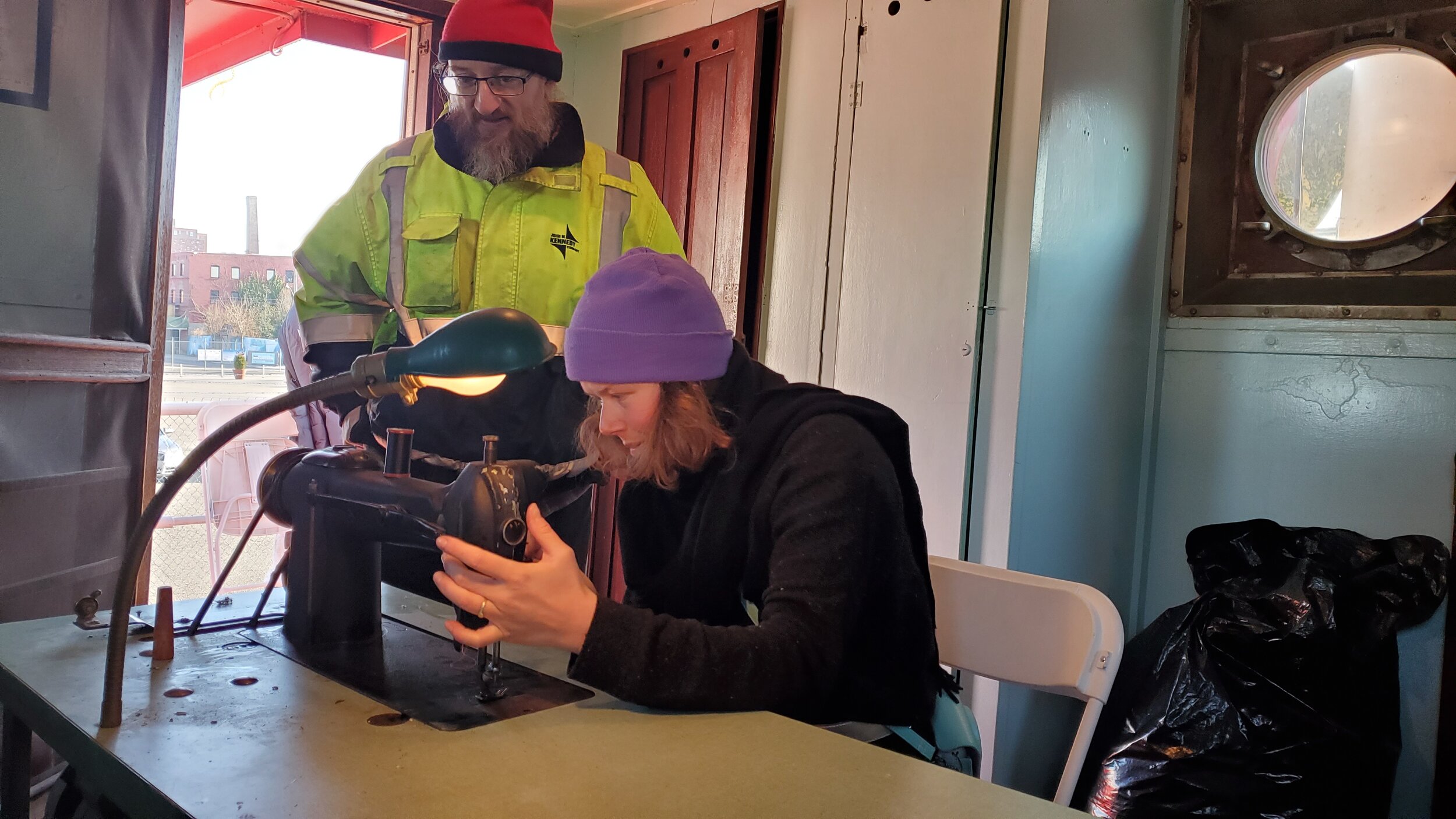






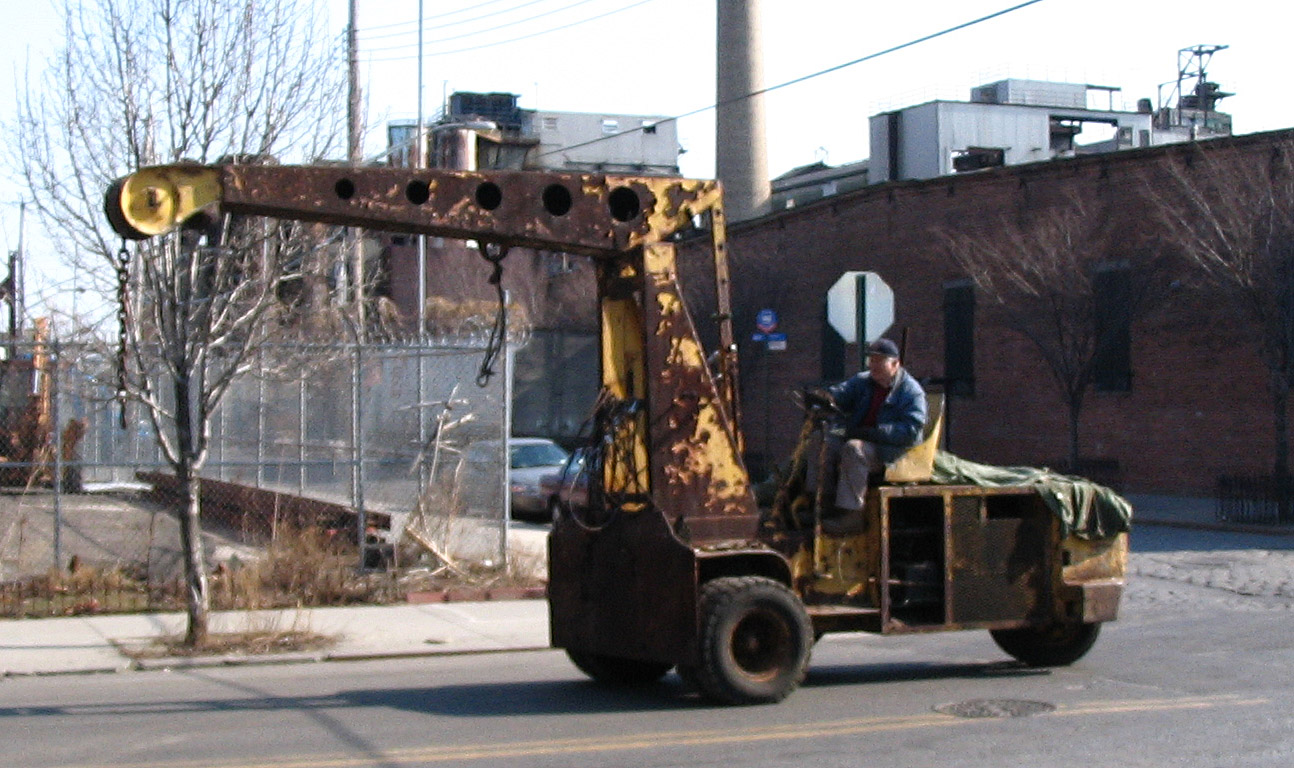
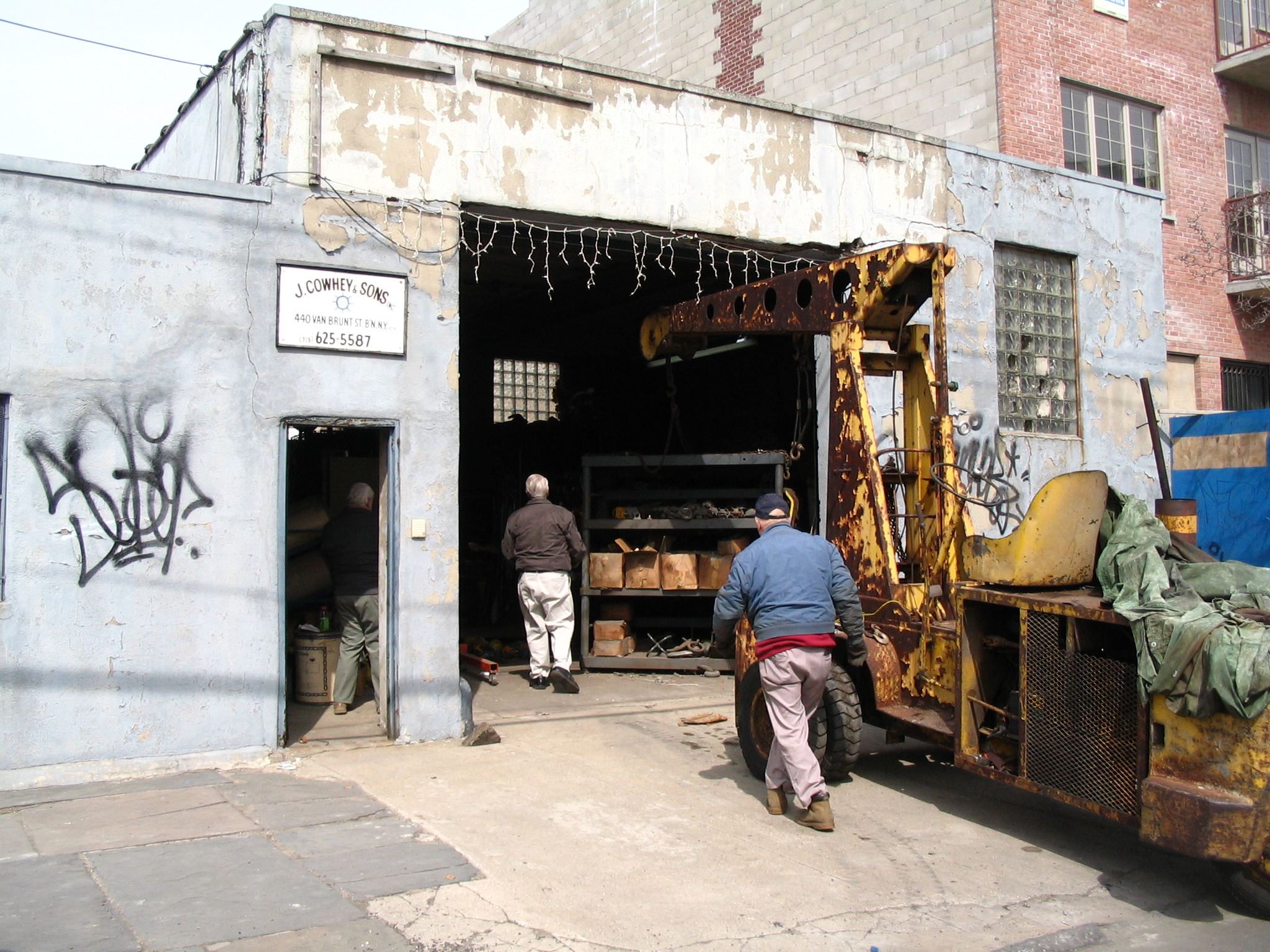
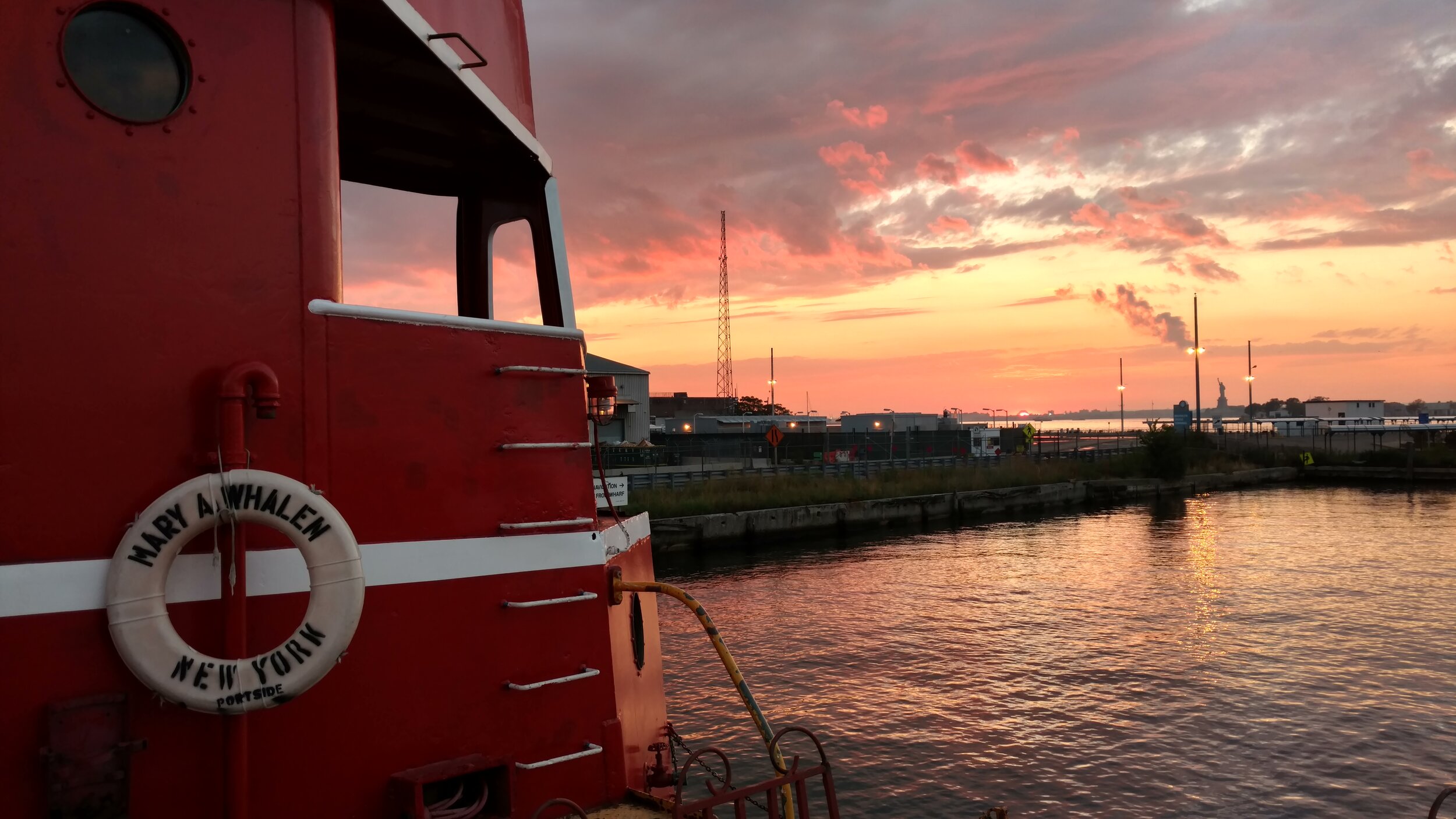









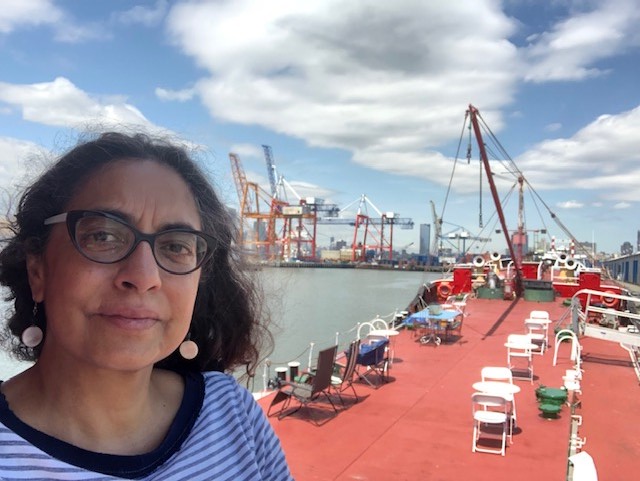
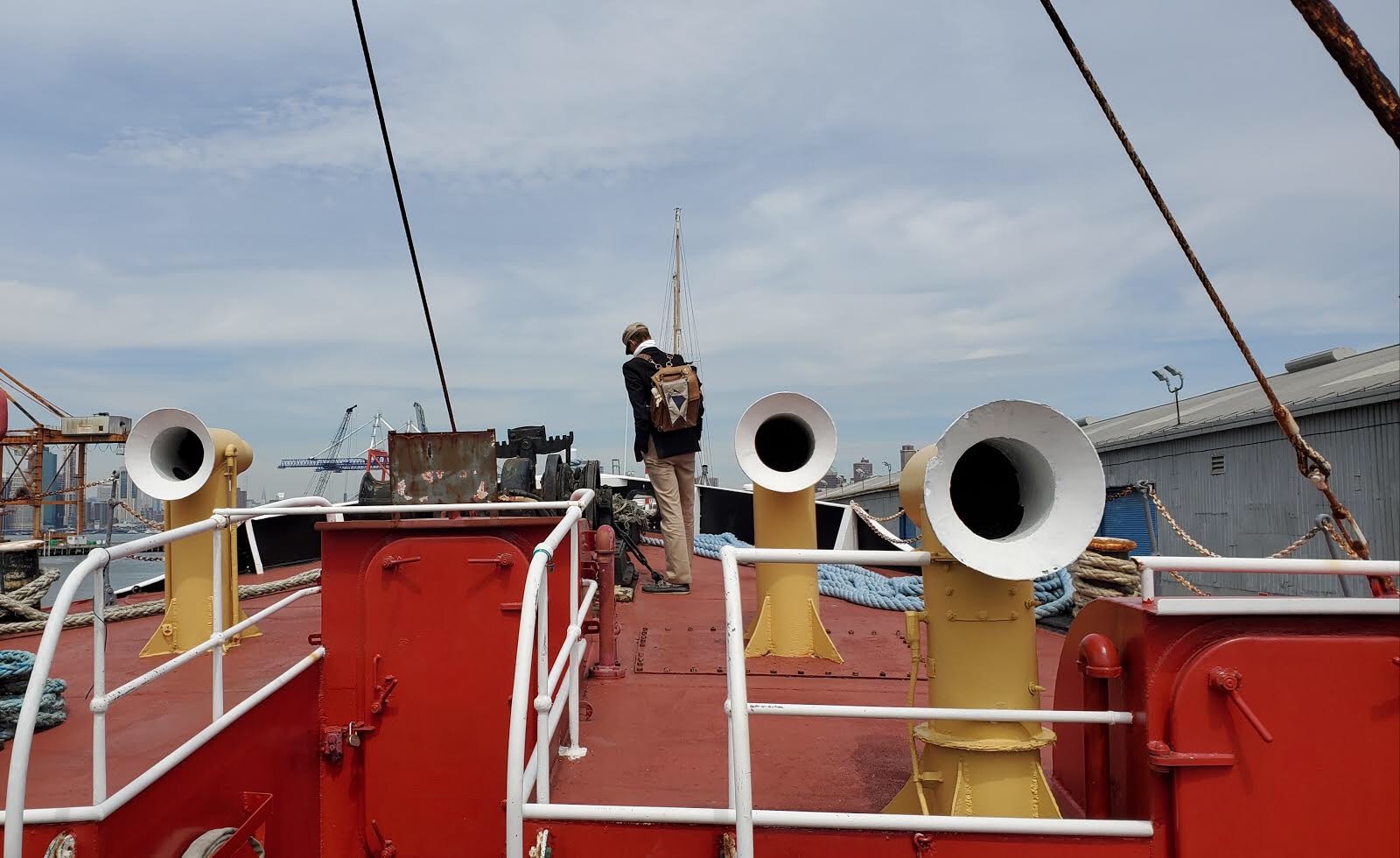
![Protect Lidgerwood, Protect Red Hook History [Developing Story]](https://images.squarespace-cdn.com/content/v1/50dcbaa5e4b00220dc74e81f/1559233464865-9GPYXK8507RCEWU3N6W8/Lidgerwood_Red_Hook.png)




